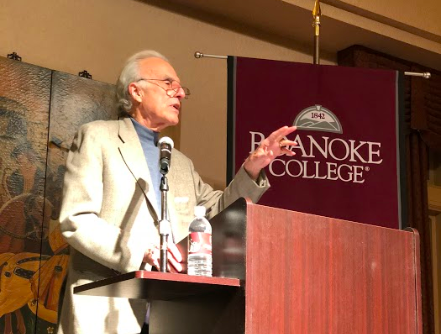Written by Emily LeClerc
Cardiovascular disease is the number one killer of men and women across the United States. Each year, around six hundred thousand people die from heart disease. It isn’t just the U.S. either. Cardiovascular disease is the leading cause of death worldwide. Needless to say, heart disease is a main concern for doctors and researchers across the globe.
The most common type of cardiovascular disease is coronary heart disease. Coronary arteries are the arteries that supply blood to the heart. They run all across the heart’s surface and are critical to keeping the heart working properly. In coronary heart disease, the coronary arteries become blocked with plaque. This plaque blockage slowly closes the artery, leaving less and less space for the blood to flow through. Once the entire artery is blocked, it can cause heart attack, cardiac arrest, and death.
Throughout the years, two main methods have been developed to treat coronary heart disease. The first is bypass surgery. This is an incredibly invasive surgery which involves opening the ribcage, moving other internal organs out of the way in order to get to the heart, and bypassing the blockage by connecting a new artery to the blocked one. The recovery time is nearly a year. Doctors were in search of a less intense and invasive treatment for this disease. This is when coronary stents were developed.
Stents are essentially small metal or plastic tubes inserted into a blocked artery to keep the passageway open. Ever since their first use in 1986, they have been used more and more frequently in place of a bypass surgery. During a coronary angioplasty, which is a procedure where surgeons use a balloon to stretch open a narrow or blocked artery, generally a stent will be inserted to keep the artery open. Stenting is nowhere near as invasive as bypass and has gained quite a bit of traction in the medical world
Last week, on Thursday, Nov. 1, Dr. Roger Dickenson came to RC to give a talk concerning the company he works for and coronary stents. Dr. Dickenson works for Integer, which is a global company that works essentially in the design and development of medical technology. One of their specific products is coronary stent tubing. Dr. Dickenson spent most of the talk discussing the development of coronary stents and how over the years, Integer has contributed greatly to stenting technology. With Integer’s improvement’s to coronary stents, the medical world has moved forward in their ability to treat coronary heart disease and reduce the fatality rate of the disease.




